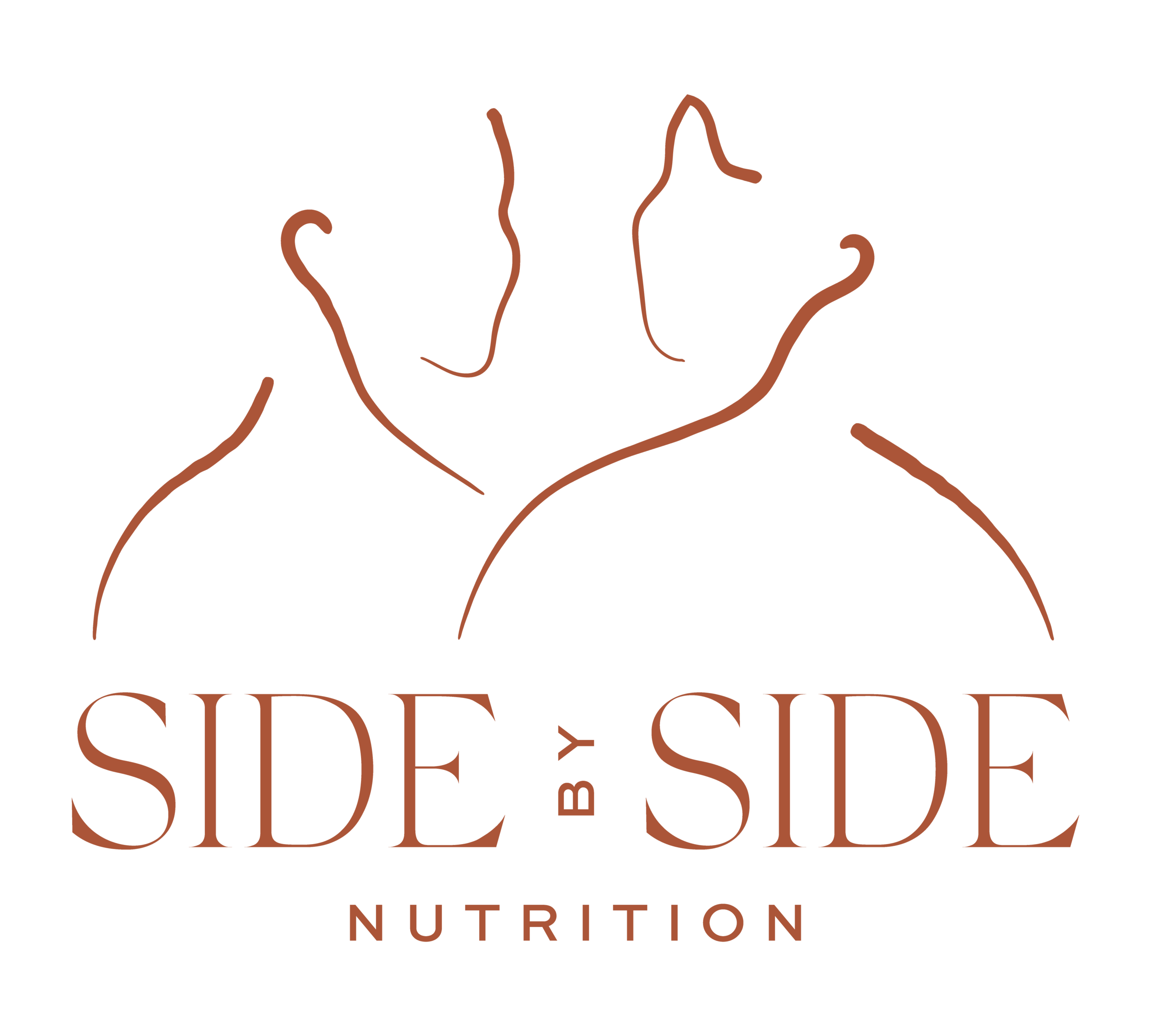If you’re working on healing your relationship with food or your body, yoga can be a powerful tool to support connecting with your body and breath and exploring a different form of movement. The Sanskrit terms sthira and sukha means steadiness and ease.
Read MoreUse yoga practices like medtation, breathwork, and yoga throughout your day to support your eating disorder recovery.
Read MoreA body scan meditation is a practice of bringing awareness to and relaxing different areas in your body. It can help you connect to your body by noticing different parts of your body instead of judging or criticizing them.
Read MorePranayama, or breathwork practices, can be powerful ways to help relax the nervous system and get present for a few moments. In pranayama practices, we focus on the breath. We may change the breath to lengthen the inhale or exhale, focus on where breath goes in the body, or focus the breath in other ways.
Read MoreIn our diet culture world, it makes sense why you may feel guilty. We're bombarded with messages from family, friends, coworkers, and on social media about diets or wellness plans to follow, good/bad foods, or the best way to eat. It's so easy to get overwhelmed when you're hearing/seeing these messages, and I know how it may lead to feeling like you're not doing enough or eating 'right.'
Read MoreThe restorative yoga practice was developed by B.K.S. Iyengar in India as a therapeutic style of yoga for injuries or illness. Restorative yoga uses props like bolsters, blankets, straps, and more to support the body in various positions, which are held for several minutes or longer.
Read More






